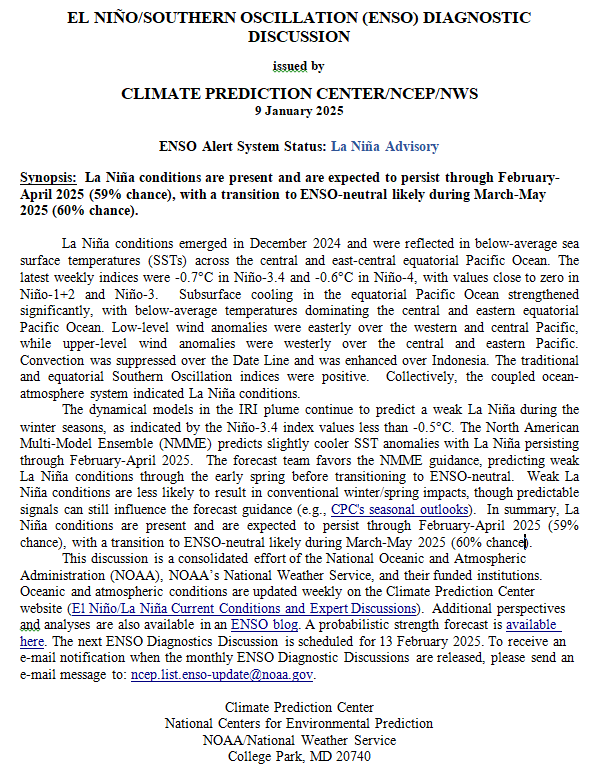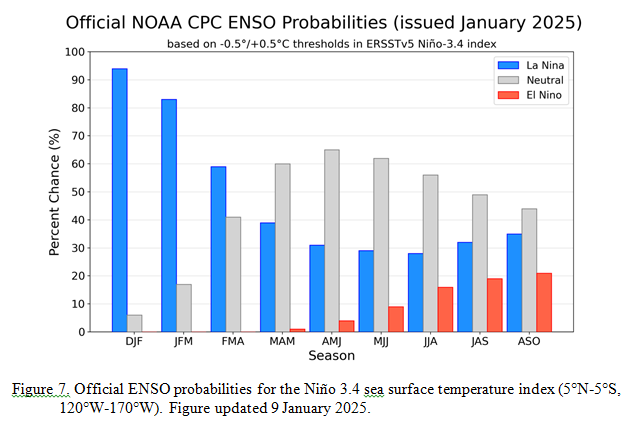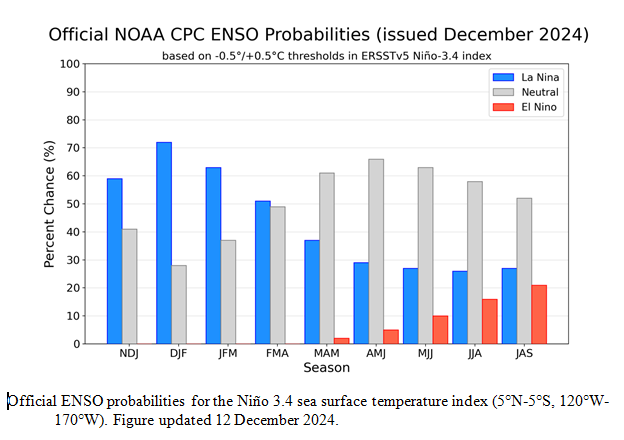Weather Outlook for the U.S. for Today Through at Least 22 Days and a Six-Day Forecast for the World: – Posted on January 16, 2025
This article focuses on what we are paying attention to in the next 48 to 72 hours. The article also includes weather maps for longer-term U.S. outlooks (up to four weeks) and a six-day World weather outlook which can be very useful for travelers.
First the NWS Short Range Forecast. The afternoon NWS text update can be found here after about 4 p.m. New York time but it is unlikely to have changed very much from the morning update. The images in this article automatically update.
Short Range Forecast Discussion
NWS Weather Prediction Center College Park MD
Thu Jan 16 2025
Valid 12Z Thu Jan 16 2025 – 12Z Sat Jan 18 2025…Improvement in fire weather conditions across southern California…
…A brief moderation of temperatures across the central U.S. before an
arctic front plunges into the northern U.S. on Friday……Lake effect snow expected on Thursday and snow also expected for the
central Appalachians…There will be a few things making weather headlines through Friday night
across the country. Lake effect snow is expected in the wake of a
shortwave passage, and the heaviest snowfall will be downwind of Lake Erie
across western New York on Thursday, where lake effect snow warnings are
now in effect. Moderate to heavy snow is also on the way for the central
Appalachians with moist upslope flow leading to 5-10 inches of
accumulation across the higher terrain of West Virginia into south-central
Pennsylvania, where winter storm warnings are in effect.A pattern change will evolve across the Central U.S. and the Rockies going
into Friday and especially into early Saturday. After a brief moderation
in temperatures across the north-central U.S. on Thursday, an abrupt
change to reality is coming by Friday as a pair of strong cold fronts
heralds the arrival of frigid temperatures and brutally cold wind chills.
This will continue well beyond the short range forecast period, and the
Weather Prediction Center has Key Messages regarding this arctic blast.
This could also be accompanied by some snow showers and a few snow squalls
across the northern Rockies and western High Plains going into Friday and
Friday night, resulting in mainly light accumulations but accompanied with
poor visibilities and gusty winds.For the Eastern U.S., a gradual moderation trend in the recent very cold
conditions is on the way to conclude the work week with readings returning
to near seasonal averages for the East Coast, and above average for much
of the Southeast states. A developing low pressure system over the Deep
South Friday night will likely lead to increasing showers and perhaps a
few thunderstorms near the central Gulf Coast region by Saturday morning,
but this region should remain dry until then.Things are starting to look better in terms of the forecast across
California and the areas that have been devastated by the ongoing
wildfires. Even though no rain is in the forecast, the winds are expected
to switch to a more onshore flow late Thursday and into Friday, bringing
higher relative humidities and less chaotic wind flow, thus helping to
mitigate the wildfire threat compared to recent days.






